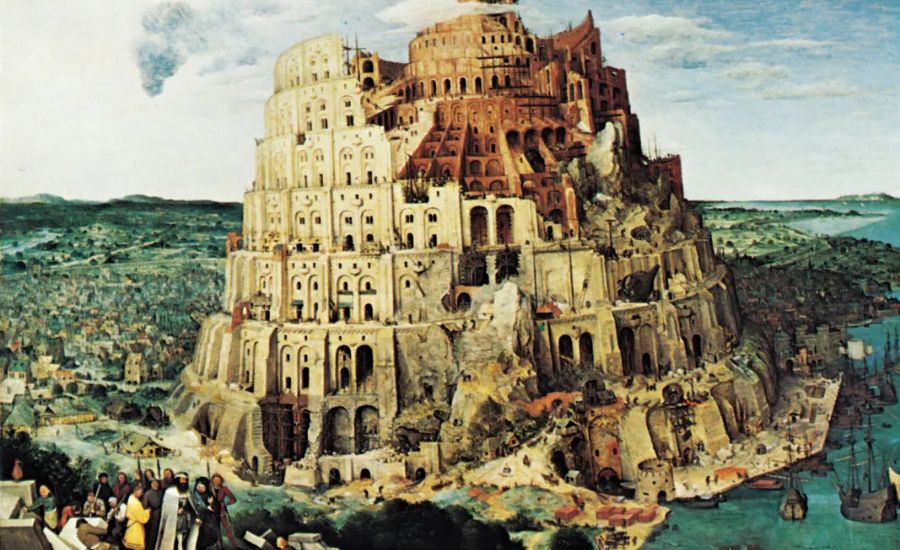The Vivid World of Pieter Bruegel the Elder: Master of Detail and Daily Life
In the pantheon of European art, few painters have captured the rhythms of rural life and the breadth of human emotion as comprehensively as Pieter Bruegel the Elder. Known for his detailed landscapes and vibrant depictions of peasant life, Bruegel’s works are a fascinating study of 16th-century life, combining elements of allegory, satire, and moral lessons. This article explores the distinctive features of Bruegel’s paintings, his influence on art, and the enduring appeal of his works.
Early Life and Artistic Beginnings
Born around 1525 near Breda in the Duchy of Brabant, part of the Habsburg Netherlands, Pieter Bruegel the Elder’s early life remains somewhat mysterious. However, it is known that by the mid-1550s, Bruegel had traveled to Italy, studying the ruins of Rome and the works of Italian masters. Importantly, unlike many of his contemporaries who were heavily influenced by the Italian Renaissance, Bruegel took a different path, focusing instead on landscape and the lives of common folk.
Artistic Style and Themes
Upon his return to Antwerp around 1555, Bruegel embarked on a career that saw him adopt and refine a style unique in Northern Renaissance art. His works are characterized by their use of vibrant colors, meticulous detail, and dynamic compositions. He often painted panoramic landscapes, bustling with activity and filled with narrative detail, allowing viewers to uncover new stories with each viewing.
Pieter the Elder Bruegel’s paintings frequently featured the seasons and peasant life, subjects not commonly glorified in art at the time. Works such as “Hunters in the Snow” and “The Harvesters” are seminal in this regard, showcasing not only the hardship of peasant life but also its rhythms and the interplay with nature. These paintings are part of a series that depicts the months or times of the year, blending natural landscapes with human activity in a way that was groundbreaking for its time.
Techniques and Innovations
Bruegel’s technique was as meticulous as his detail, with a keen eye for the texture of fabrics, the patterns of nature, and the architecture of both humble cottages and grand towers. His ability to organize vast amounts of activity into a coherent composition without overwhelming the viewer remains admired by art historians and practitioners alike. Moreover, his use of perspective and his ability to manipulate scale to highlight certain elements of the narrative are hallmarks of his technique.
Allegory and Symbolism
Beyond the visual appeal, Bruegel’s works are profoundly allegorical and often imbued with moral or philosophical messages. “The Tower of Babel” is perhaps one of his most famous allegorical works, rich with symbolism about human ambition and its limits. Similarly, “The Triumph of Death” reflects on the universal and indiscriminate nature of death, filled with details that convey chaos and the futility of worldly pursuits.
Bruegel also infused his paintings with critiques of the social and political issues of his time. His depictions of the peasantry are not just pastoral idylls but are also sharp commentaries on the social order and the human condition. This was a time of religious upheaval and economic change, aspects subtly woven into the fabric of Bruegel’s scenes.
Influence and Legacy
Bruegel’s impact on art was profound and long-lasting. His sons, Pieter Brueghel the Younger and Jan Brueghel the Elder, continued his artistic legacy, often reproducing and interpreting their father’s works. Moreover, Bruegel’s approach to landscape and everyday life scenes influenced the Dutch Golden Age painters, including Rembrandt and Vermeer, who similarly focused on the beauty and dignity of everyday life.
In modern times, Bruegel’s ability to depict life in its most minute details with both warmth and precision has made his work a touchstone for both artists and scholars. His works are often seen as precursors to genre painting, a style that would become hugely popular in later centuries.
Conclusion
Pieter Bruegel the Elder remains one of the most intriguing and influential figures in Western art. His paintings, characterized by their rich detail, vibrant life, and moral depth, continue to fascinate and inspire audiences around the world. By focusing on the common man and the natural world, Bruegel elevated everyday life to the realm of high art, a legacy that endures in its relevance and artistic excellence. As we continue to appreciate and study his works, Bruegel’s visions of the world reveal the complexity of human life and the timeless nature of many of our struggles and joys. His paintings not only depict the world as it was in the 16th century but also offer a mirror to our own time, reflecting back at us the unchanging nature of human society.




